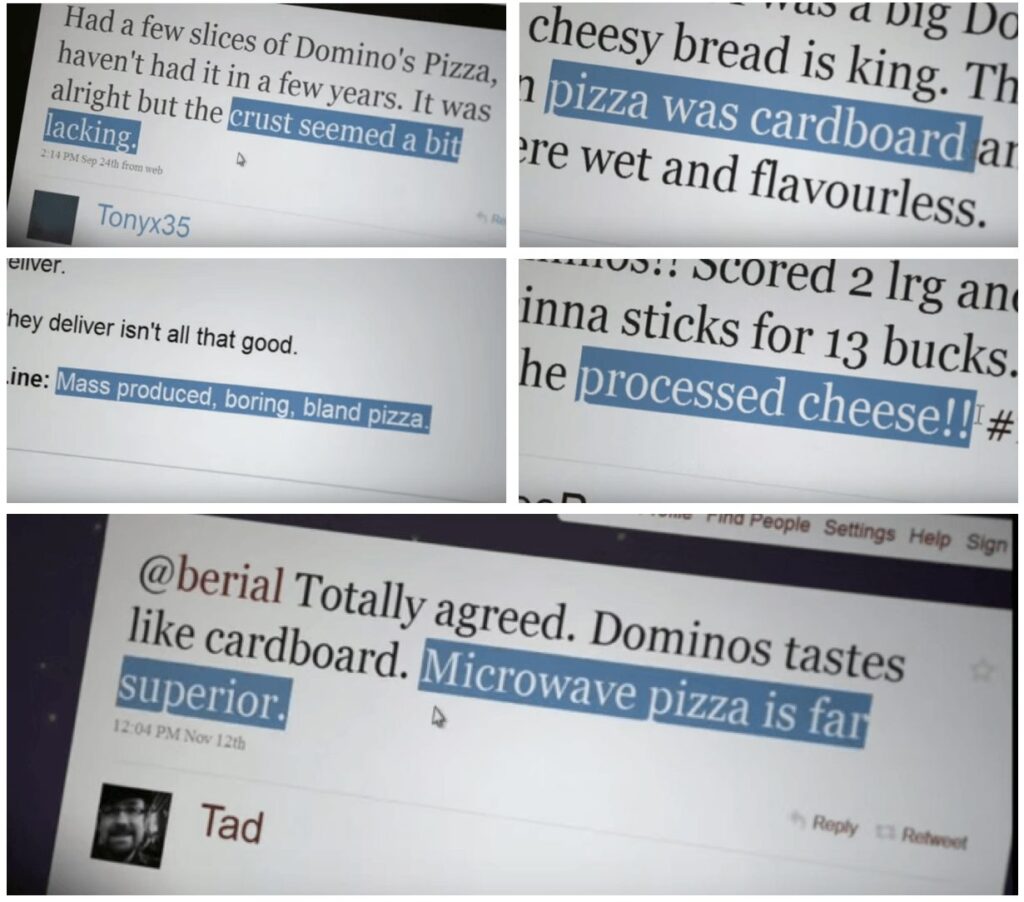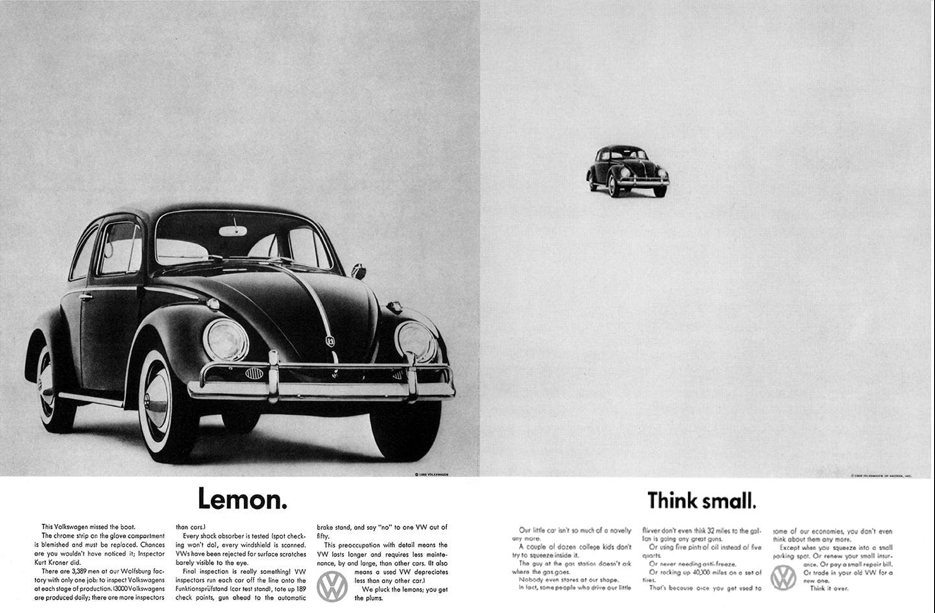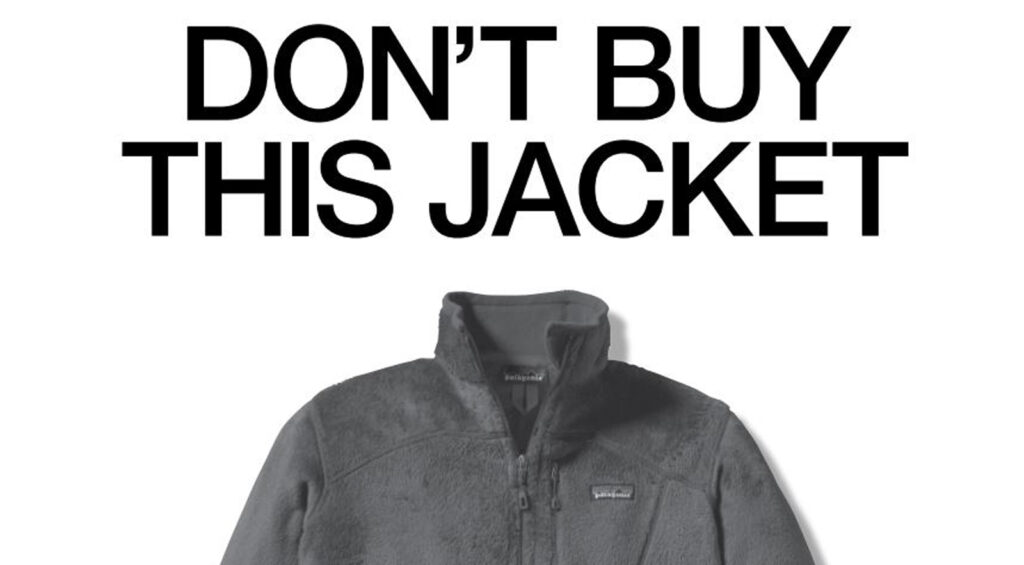Have you ever found yourself doing the exact opposite of what an advertisement urges you to do? If yes, welcome to the intriguing concept of reverse psychology in advertising! In this post, we’ll delve into the psychology behind persuasive communication by exploring how brands use the principles of reverse psychology to capture attention and influence consumer behaviour.
From surprising admissions to strategic reactance tactics, we’ll uncover the psychological techniques that make these advertising campaigns so effective.
What is Reverse Psychology?
Reverse psychology is a persuasive technique that involves suggesting the opposite of what is expected, to trigger a human’s innate tendency to resist and rebel against perceived constraints.
At its core, reverse psychology capitalises on the human desire for autonomy and freedom of choice. Reverse psychology in advertising takes people’s freedom to make decisions away in an undesirable way and paradoxically increases the appeal and motivation to pursue that very action.
Academic research in the field of psychology has extensively studied this phenomenon, particularly within the framework of reactance theory. Developed by Jack W. Brehm, reactance theory posits that individuals experience a motivational state of reactance when their freedoms or behavioural options are threatened or eliminated.
This reactance serves as a driving force, urging people to restore their sense of freedom and autonomy, often by engaging in the very behaviour that was initially discouraged or restricted.
For instance, have you ever felt a little discomfort when your parents or friends tell you to do something that you are about to do voluntarily such as cleaning your room or washing dishes? And to respond to their command, you decide to do the opposite to restore your control of decisions.
Read more: How to apply creativity in advertising
Reverse Psychology In Advertising
1. Damaging Admission
The damaging admission technique in reverse psychology involves a brand acknowledging the flaws or shortcomings of its products or services in a remarkably truthful and transparent manner.
This approach is grounded in the theory that by openly admitting faults or weaknesses, a brand can turn them into key advantages by establishing trust and credibility with its audience.
In other words, surprising honesty facilitates a psychological shift in which customers become patient and more receptive to the brand’s subsequent efforts to improve or rectify the admitted flaws. Ultimately, this honest admission paves the way for the brand to rebuild its image and foster a stronger connection with its audience.
Example: Domino’s Pizza Turnaround campaign
a. Brand Crisis & Negative Word-of-Mouth
In 2009, Domino’s Pizza faced a daunting brand crisis. Sales were plummeting after an unsettling video of employees mishandling food went viral. This severely damaged Domino’s reputation since it received lots of complaints from consumers who shared their negative feelings about the experience.

b. Damaging Admission – Turn complaints into motivation
Rather than shying away from the criticism, Domino’s confronted it head-on with their “Pizza Turnaround” campaign. The centrepiece of this campaign was a brutally honest branded documentary video addressing the company’s pizza quality issues.
Real customer complaints filled the screen, culminating in the harsh statement, “Microwave pizza is far superior.” Domino’s CEO Patrick Doyle acknowledged the need for change, symbolically “blowing up” the past and committing to revamping their pizza recipe.
The video showcased Domino’s efforts to improve every aspect of their pizza, conveying a sense of authenticity and customer-centric focus. By embracing criticism and admitting its shortcomings, Domino’s effectively changed its critics’ minds, building up an opportunity for a remarkable turnaround, ultimately becoming the #1 pizza chain in the United States by 2017.
Example: Think Small – Volkswagen campaign

a. A challenge from ‘Bigger is Better’
The “Think Small” campaign for Volkswagen’s Beetle in the 1950s and 1960s was a masterclass in using reverse psychology in advertising to challenge conventional norms.
At a time when American families were obsessed with large, powerful muscle cars, along with advertisements emphasizing how ‘Bigger is better’, the Beetle’s compact and small-size design posed a significant marketing challenge.
b. Damaging Admission – when smaller is better
Yet, instead of trying to conform to the prevailing automotive trends, the Doyle Dane Bernbach (DDB) agency embraced the Beetle’s diminutive size with the unique and outstanding “Think Small” tagline. The advertisements were minimalist, featuring ample white space and a small image of the Beetle, emphasizing its simplicity and minimalism.
This bold approach contradicted the traditional association of automobiles with luxury and excess. By encouraging consumers to “think small,” the campaign turned Volkswagen’s biggest weakness into a competitive advantage, challenging the societal norms surrounding car ownership and setting new expectations for car buyers.
The unexpected messaging and creative execution with the proven application of reverse psychology captured the attention and fostered a sense of authenticity, ultimately contributing to Beetle’s enduring success and cult following.
2. Reactance
Reactance occurs when an individual’s freedom of choice or behaviour is threatened or restricted. As mentioned above, individuals experience a motivational state known as psychological reactance when they perceive their behavioural freedoms to be limited or eliminated.
This reactance triggers a desire to restore autonomy and resist the perceived threat, often leading to the adoption of the very behaviour that was initially discouraged or restricted.
In advertising, reactance can be strategically employed to tap into consumers’ innate desire for freedom and autonomy, potentially increasing the appeal of the advertised product or service.
Reactance Psychology of Retargeted and Personalised Advertising
In the era of data-driven marketing, personalised and retargeted advertisements have become ubiquitous. However, this practice has often triggered a reactance response among consumers due to privacy concerns and a perceived loss of control over their personal data.
The “Personalisation Paradox” refers to the phenomenon where individuals feel insecure and vulnerable when exposed to targeted advertisements, as it represents the extent to which brands have access to their personal information.
This invasion of privacy elicits a desire to regain control, leading to reactance and potentially reducing the effectiveness of personalised adverts.
To counteract this reactance, some brands have adopted advertising strategies that foster a sense of ownership among consumers. By sending individualised messages specifically designed for their personal purposes, brands can create a more positive attitude towards advertising.
For example, e-commerce platforms that provide personalised adverts based on browsing history and preferences may receive a more favorable response if they transparently explain the benefits of personalisation and offer clear options for consumers to customize or opt out of such targeting.
Reactance Psychology of Online Pop-up Ads
Online pop-up advertisements have long been a source of frustration for internet users since they often elicit a reactance response due to their intrusive nature. These ads abruptly interrupt the user’s experience on a web page, deliberately restricting their freedom to consume editorial content without disruption.
The level of reactance triggered by pop-up ads is influenced by the user’s level of involvement and engagement with the primary content. When pop-ups appear while users are highly focused, they are perceived as more intrusive and annoying, prompting a stronger reactance response.
To mitigate this reactance, advertisers often strategically time the delivery of pop-up ads to moments when users are less deeply engaged with the content such as after scrolling down the bottom of the page.
Additionally, some brands avoid reactance in advertising by adapting the pop-ups to be more contextually relevant and congruent with the primary content so that people may perceive them as more relevant and valuable.
For example, if a user is browsing an e-commerce site for summer clothing, a pop-up ad promoting a seasonal sale or new summer collection may be perceived as less intrusive and more valuable, as it aligns with the user’s current interests and needs.
3. Reverse Psychology Triggers Curiosity
As reverse psychology taps into the inherent human desire for autonomy and freedom of choice, it often piques curiosity and generates a sense of intrigue.
The counterintuitive nature of reverse psychology messages sparks curiosity and a desire to explore the very thing that is supposedly discouraged, capturing attention and prompting further examination of the underlying message or motivation.
Example: “Don’t Buy This Jacket” – Patagonia’s Black Friday ad campaign

Founded in 1973 by Yvon Chouinard, Patagonia is an American outdoor clothing and gear company known for its commitment to environmental sustainability and corporate responsibility.
The company successfully used reverse psychology in its 2011 advertising campaign – “Don’t Buy This Jacket” on Black Friday, traditionally known as the busiest shopping day of the year.
The provocative headline, featured in a full-page advertisement in The New York Times, challenged the consumerism associated with Black Friday at the time and encouraged consumers to rethink their purchasing habits.
The campaign’s messaging centred around Patagonia’s “Common Threads Initiative,” which aimed to promote sustainable consumption and reduce environmental impact. By explicitly telling customers not to buy their products, Patagonia leveraged the principles of reverse psychology to build up a sense of curiosity and a desire to understand the reasoning behind such a counterintuitive message.
Overall, by challenging the context of traditional retail on Black Friday, Patagonia captured attention and bolstered conversations and word-of-mouth around sustainability and conscious consumerism.
Consumers were intrigued by a brand actively discouraging purchases on an occasion when other brands aim to sell as much as possible, prompting them to delve deeper into the underlying message and Patagonia’s broader environmental initiatives.
The “Don’t Buy This Jacket” campaign exemplifies how reverse psychology can be a powerful tool in advertising, capturing attention, sparking curiosity, and inspiring audiences to reevaluate their attitudes and behaviours toward a particular issue or cause.
Read more: The Effectiveness of Celebrity Endorsement in Advertising
[wpforms id=”411″ title=”true”]
Academi Sources for this blog:
Brehm, J. W. (1989) Psychological reactance: Theory and applications. ACR North American Advances.
Chen, Qi, Yuqiang Feng, Luning Liu, and Xianyun Tian (2019) Understanding Consumers’ Reactance of Online Personalized Advertising: A New Scheme of Rational Choice from a Perspective of Negative Effects. International Journal of Information Management, 44, pp.53–64.
Edwards, S. M., Li, H., and Lee, J. H. (2002). Forced exposure and psychological reactance: Antecedents and consequences of the perceived intrusiveness of pop-up ads. Journal of Advertising, 31(3), 83-95.
Sy Chu
As an analytical and creative marketing enthusiast skilled in customer analysis, content research and brand management, my passion is help businesses gain insights into their brand and marketing strategies to drive impactful outcome to their success.
